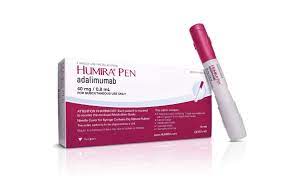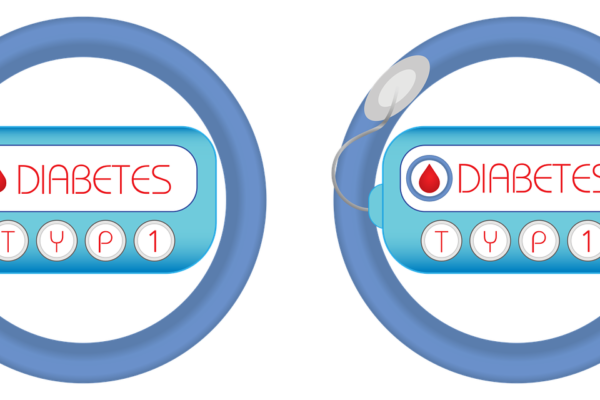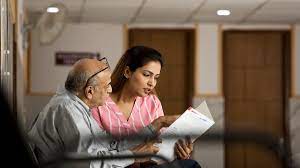Amidst the second wave of Covid-19, the Institute of Nuclear Medicine and Allied Sciences(INMAS), a lab of the Defence Research and Development Organization (DRDO) and Dr. Reddy’s Laboratories, Hyderabad jointly developed an anti – covid drug called 2-deoxy-D-glucose or ‘2-DG’ for emergency use as an adjunct therapy for moderate to severe cases.
ICMR DG Dr. Balram Bhargava stated, “The DRDO’s 2-DG drug is a repurposed medicine, not a new medicine. It was earlier used for cancer treatment. Its trial results have been given to DCGI.”
Earlier used as an adjuvant to cancer therapy, this drug reduces the dependence on supplemental oxygen and helps in faster and effective recovery of the patients with symptoms of covid-19. In these devastating times where people have suffocated to death due to lack of oxygen availability and beds in the hospitals, pleading at emergencies and even facing the apathy in the form of price-gouged oxygen equipment and beds, development of a drug with such efficacy is nothing but a sigh of relief.
“This is a great example of scientific prowess of our country. The drug has brought a new ray of hope,” says Rajnath Singh, Minister of Defence of India.

What happens when the 2-DG enters the body?
The Drugs Controller General of India (DCGI) approved drug is now available in the form of a powder in sachets of 2.34g for hospital/institutional use. It can be orally administered by dissolving it in water.
The DRDO Project Director of 2-DG, Dr. Sudhir Chandna is of the opinion that the drug can be consumed twice a day for about 5-7 days. However, it should only be taken on doctor’s advice.
The drug has the ability to selectively accumulate in the infected cells and halt the energy production, effectively stopping the growth of the virus. In simple terms, it basically deprives the variant of glucose (food) to stop its synthesis in the body.
What happens when the 2-DG enters the body?
In May 2020, the DRDO got permission to conduct the clinical trials.
Phase- I
- Experiments were conducted to test the drug.
- The drug works effectively against SARS-CoV2 and inhibits viral growth.
- Based on these conclusions, DCGI permitted phase- II trials.
Phase – II
- Conducted over a period of three months from June, 2020.
- A total of 110 patients participated from both private and government hospitals across the country.
- Patients showed symptoms like fatigue, headache, difficulty in breathing, fever, diarrhea, etc.
- The results showed that there was a difference of 2.5 days in symptomatic cure of the patients as compared to Standard of Care (SoC) alone.
Phase – III
- Conducted between December, 2020 and March, 2021.
- A total of 220 patients participated from 27 different hospitals across the country.
- 220 patients were randomized into two groups in the ratio 1:1. One group was given 2-DG for 10 days or until discharge, whichever is earlier along with SoC while the other group was only given SoC for as long as required.
- Reports depicted great improvements in the symptoms of patients, even in ones with over 65 years of age.
- Patients administered with 2-DG became free from oxygen support earlier as compared to the other group with SoC alone.

What are the updates regarding the availability of the drug?
In the first batch, around 10,000 sachets were released in various hospitals across the country. Being an analogue of glucose, it can be easily produced and made available in large quantities. As the drug is proving to be highly effective in the infected patients, the demand is increasing, considering which the center is planning to allow 3-4 more firms to ramp up the production using the DRDO patent for the drug.
Understanding the biology of the 2-DG drug
2-Deoxy-d-glucose is a glucose molecule that inhibits glycolysis, a series of enzymatic reactions that generate energy from glucose. It enhances the cellular damage and cell death, in the treatment of malignant tumors.
In the lungs of Covid-19 patients, the two most enriched cells are monocytes and macrophages that play a major role in the pathogenicity of the disease. Upon infection, these cells become highly glycolytic which in turn facilitates the replication of SARS-CoV2.

2-DG acts as an antimetabolite to compete with glucose for uptake into the cell. Virally infected cells with increased metabolic demand require high glucose intake for rapid replication of the virus. This change in the metabolism allows the selective accumulation of 2-DG in these infected cells. After this, the drug starts to impede the replication process of the virally infected cells. It also suppresses the synthesis of anabolic intermediates required by the virus for its multiplication. Once this process is stopped, the oxygen demand by the cells also reduces and the patient starts to recover faster.






Leave a Reply